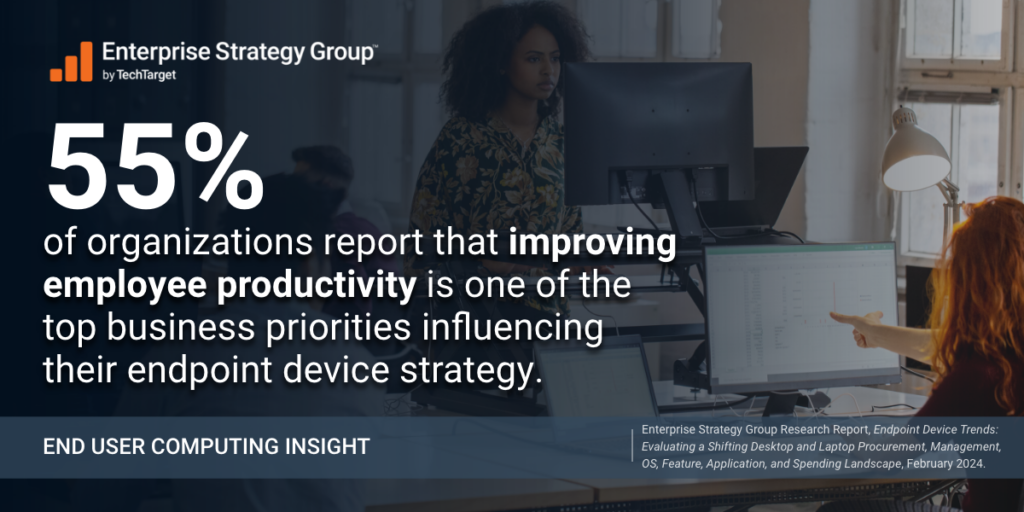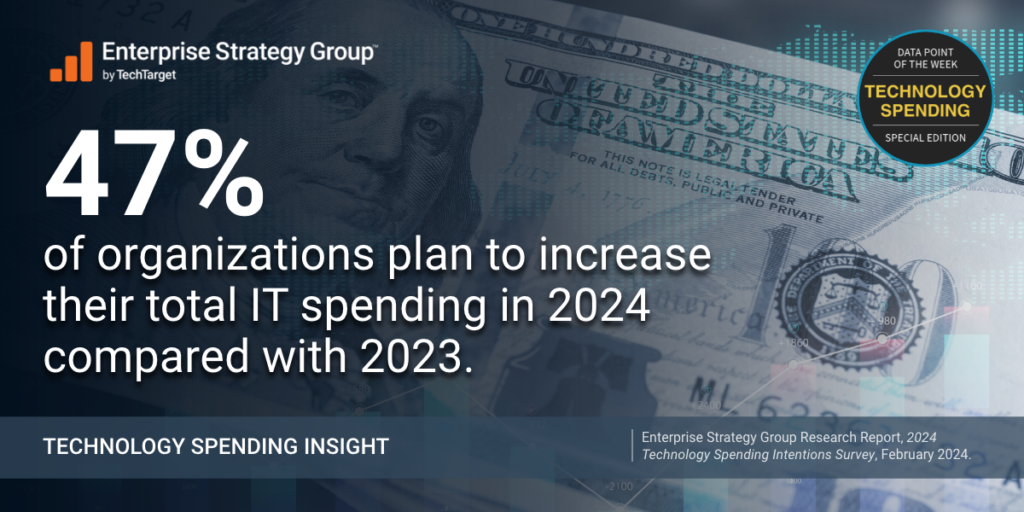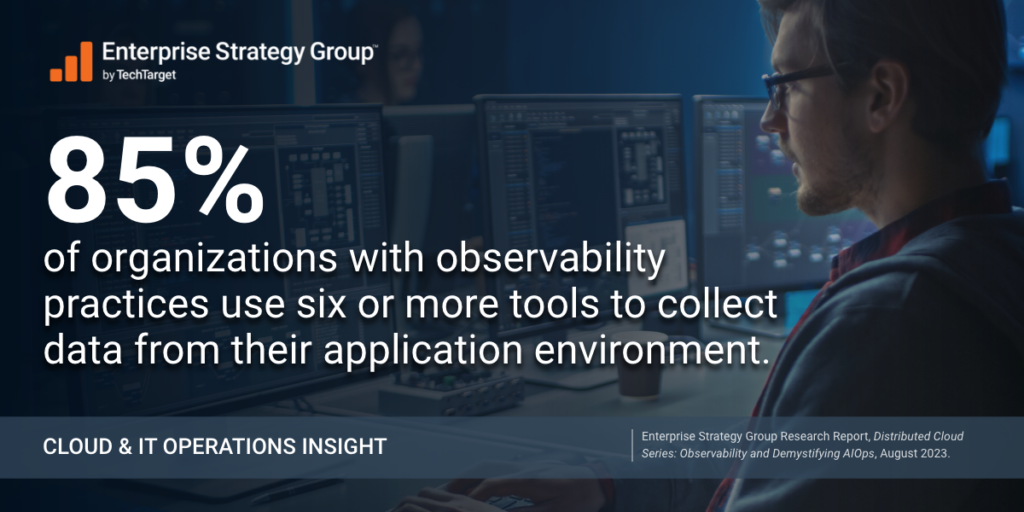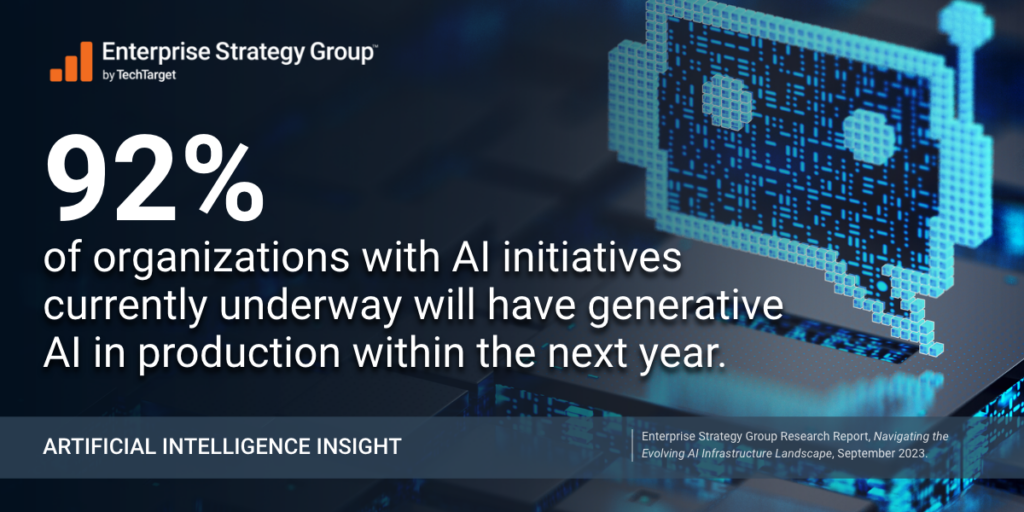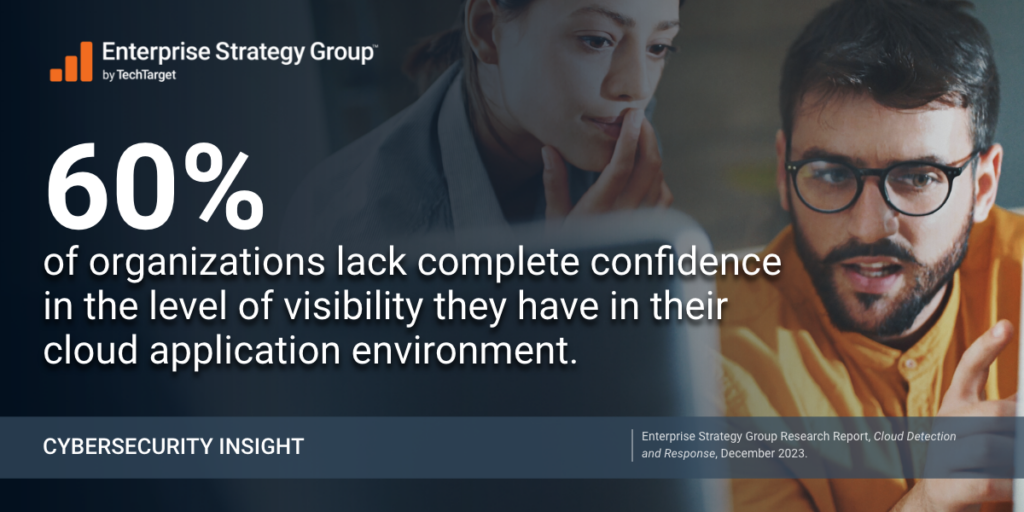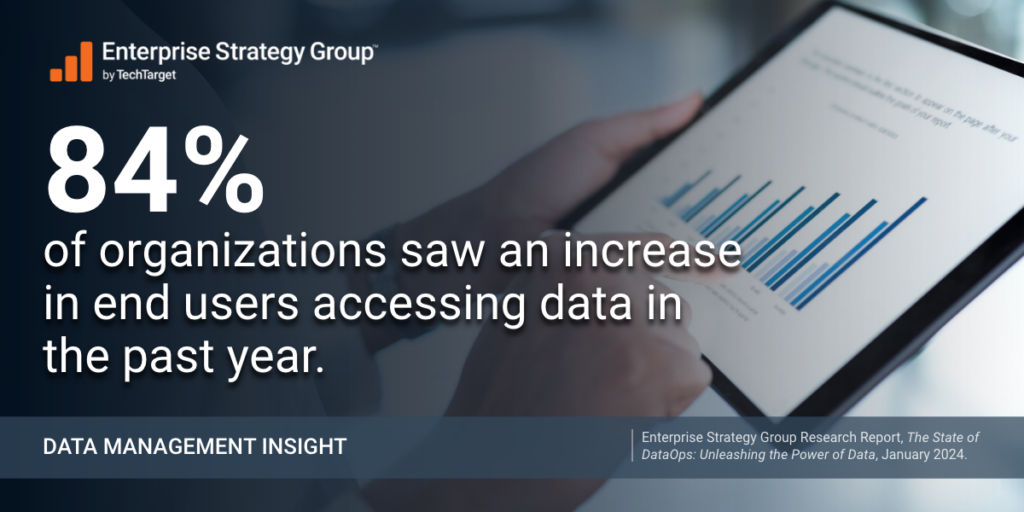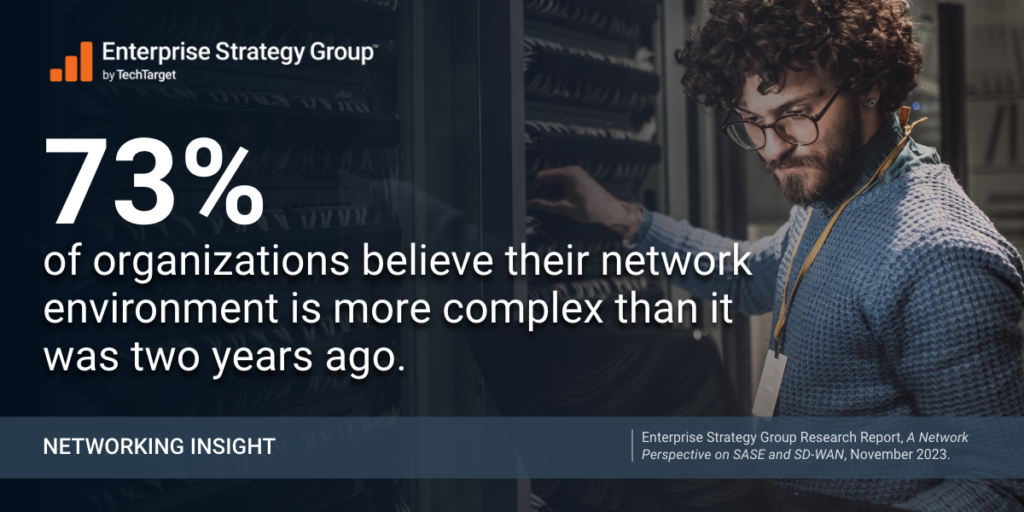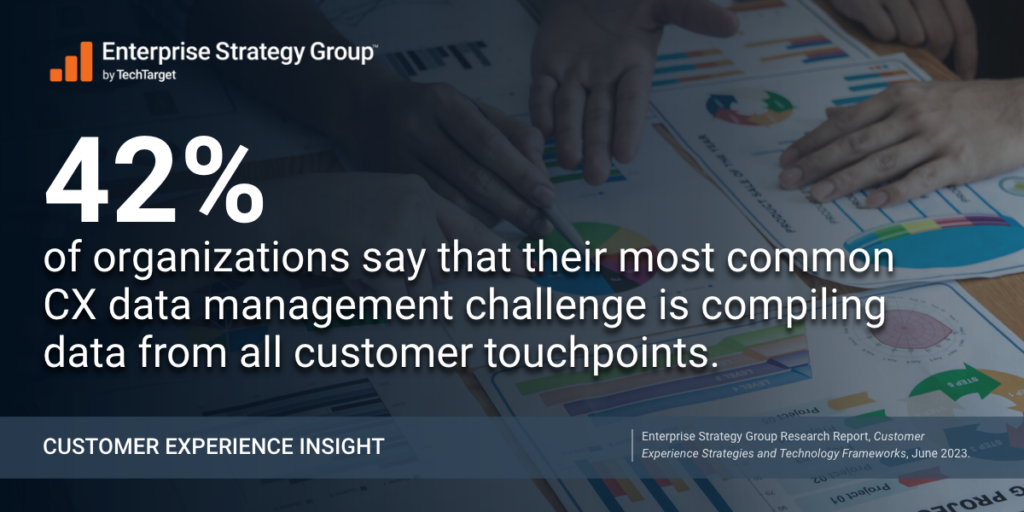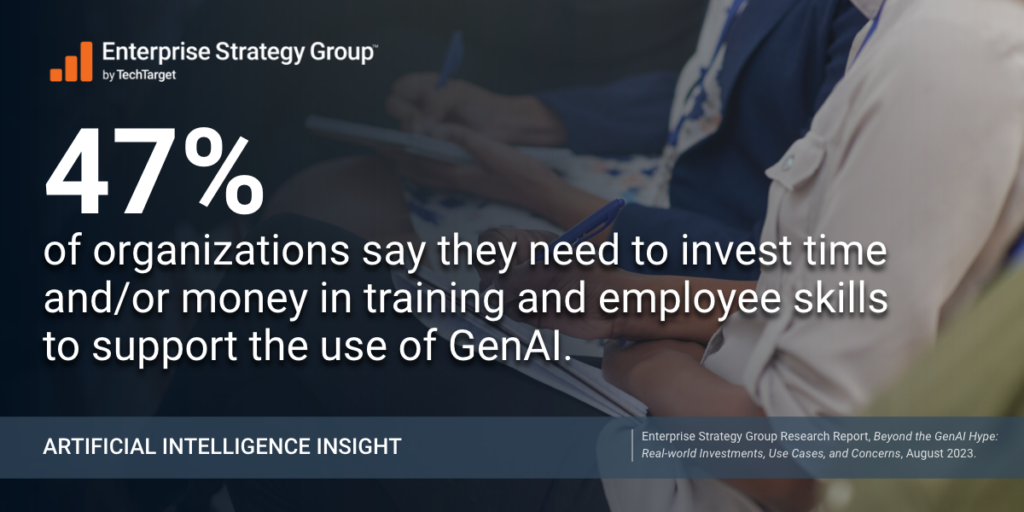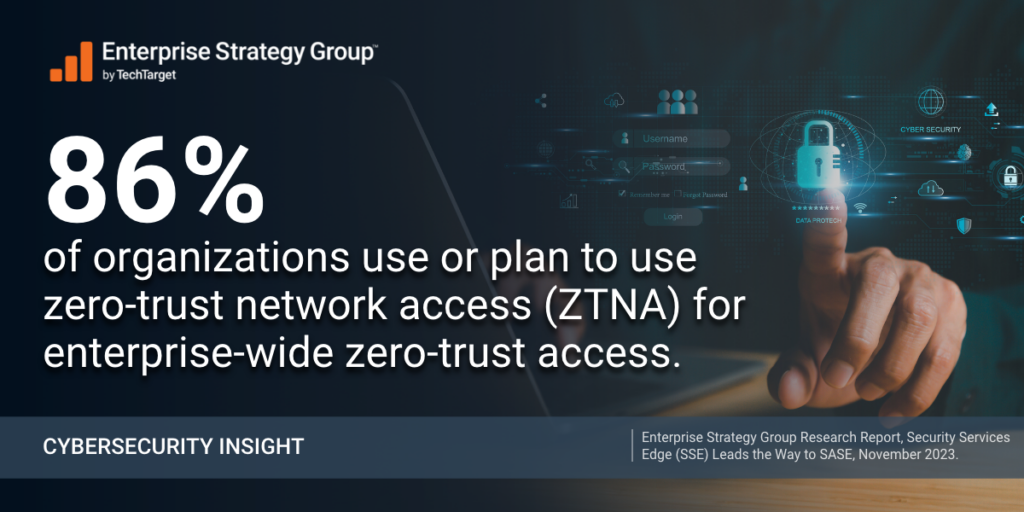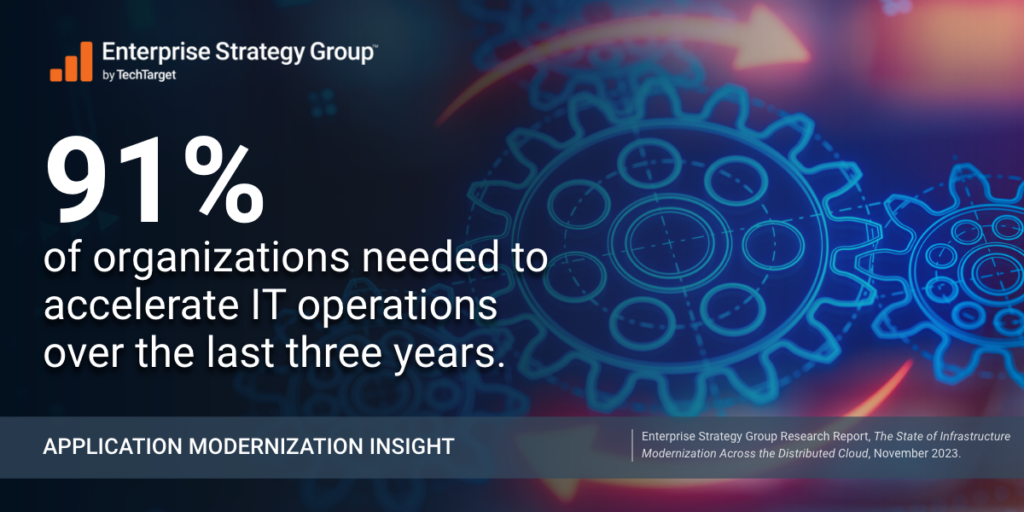Not yet receiving Enterprise Strategy Group research in your inbox? Find out why the vendor community is buzzing about the Data Point of the Week by signing up to receive this consumable weekly dose of industry insight!
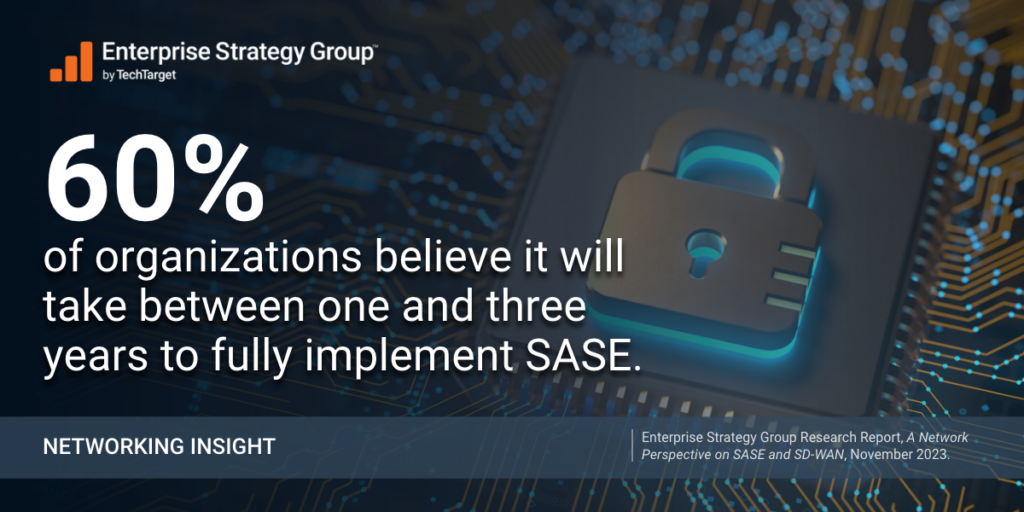
Source: Enterprise Strategy Group Research Report, A Network Perspective on SASE and SD-WAN, November 2023.
The level of interest in secure access service edge (SASE) architectures has exploded recently as organizations struggle to use traditional, on-premises-based network and security solutions to support distributed, cloud-centric enterprise environments. While this has been an increasing challenge over the last few years, the pandemic and resulting spike in newly remote workers pushed many organizations to a tipping point when it comes to both security and network traffic. Additionally, the broad applicability of SASE leads to some confusion on where to begin and which technologies are required, exacerbated by legacy organizational dynamics. While Enterprise Strategy Group has seen SASE elevated to a CIO/CISO-led initiative in some cases, inconsistencies remain for many organizations in day-to-day collaboration across network and security teams.

